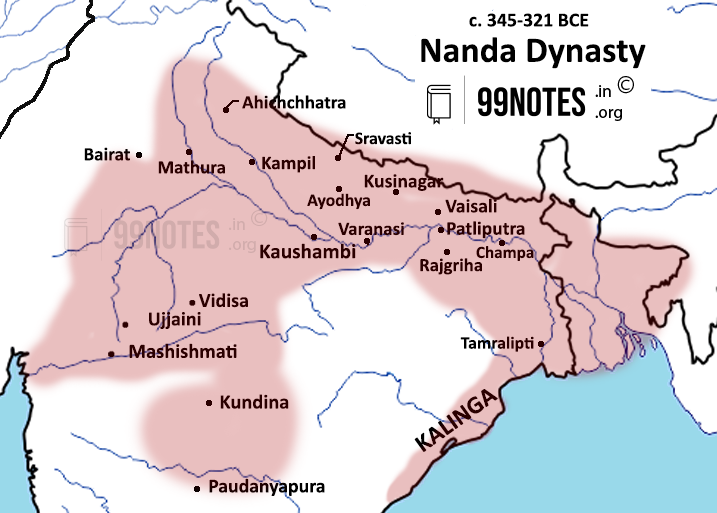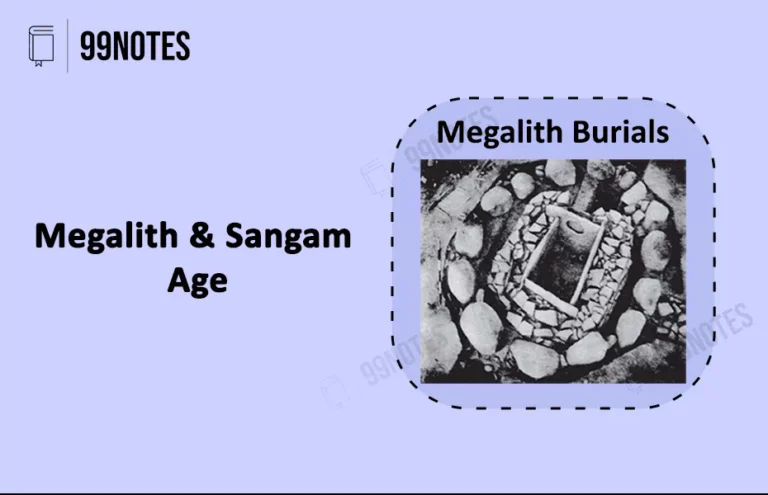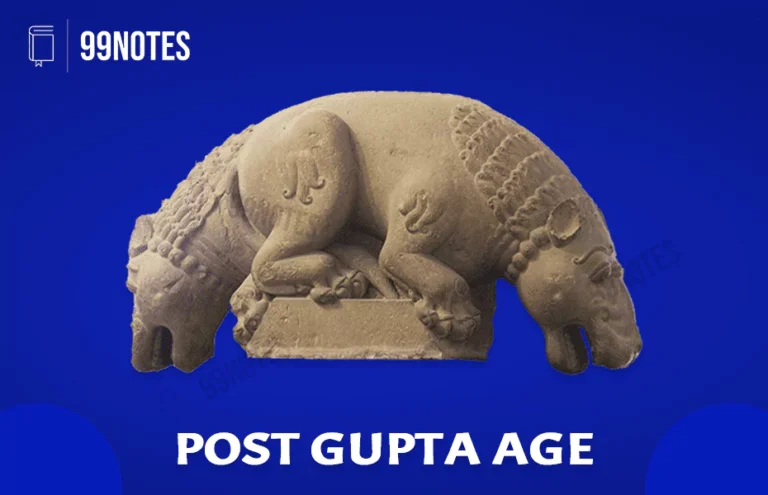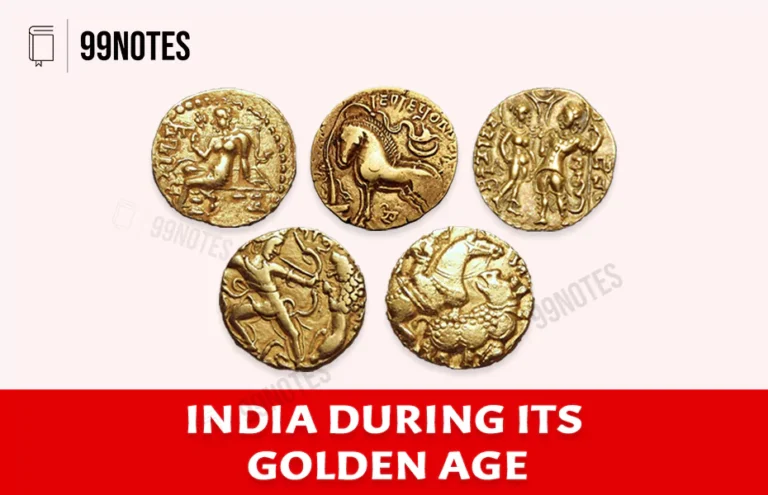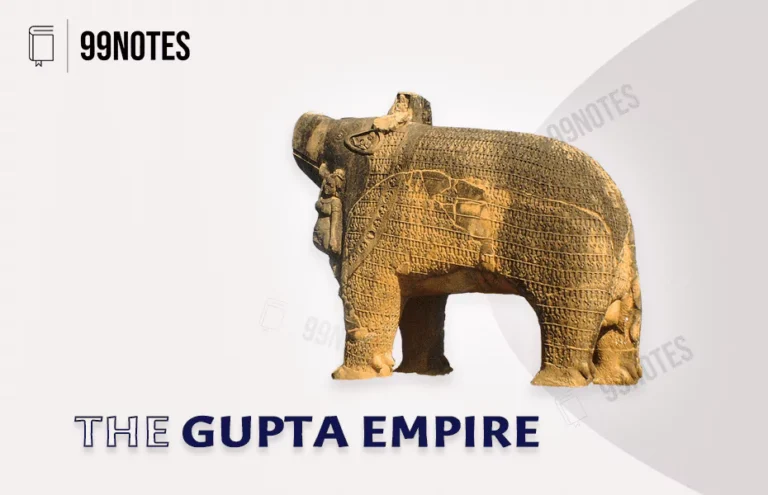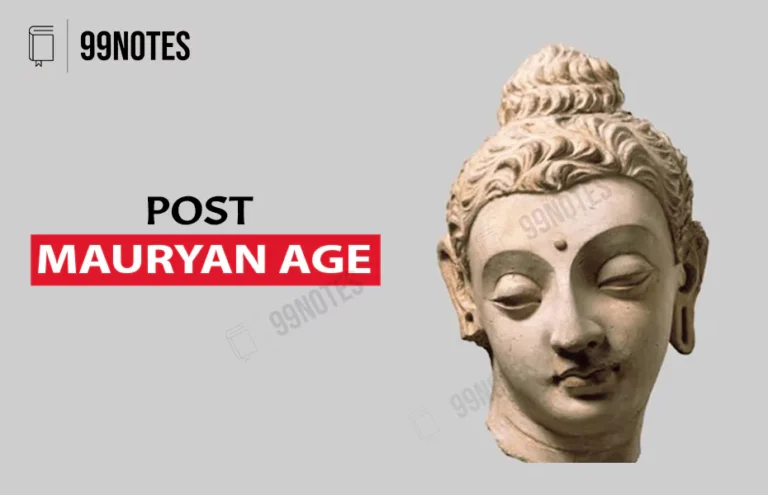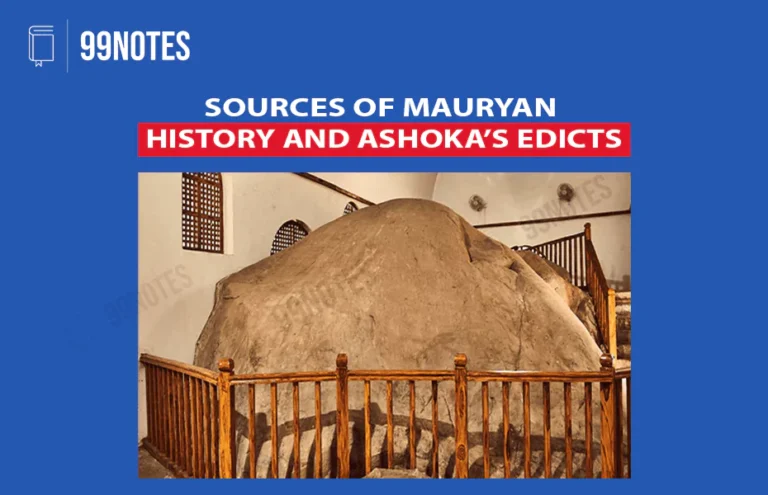- Best IAS Coaching In Delhi | Offers UPSC Classes In Delhi
- UPSC Notes
- Current Affairs UPSC
- Free UPSC Material
- UPSC Exam
- How to Appear for IAS Exam
- Study Material for Free IAS Preparation
- UPSC CSE Exam : Eligibility Criteria
- IFS SALARY – IFS OFFICER SALARY STRUCTURE
- RRB NTPC SALARY- RRB NTPC OFFICER SALARY STRUCTURE
- SSC CGL SALARY – SSC CGL OFFICER SALARY STRUCTURE
- IBPS PO SALARY – IBPS PO OFFICER SALARY STRUCTURE
- KNOW THE UPSC PSIR OPTIONAL SYLLABUS-BEST PSIR OPTIONAL BOOKS AND NOTES BY TOPPERS
- IPS SALARY – IPS OFFICER SALARY STRUCTURE
- IS SELF-PREPARATION ENOUGH TO CLEAR THE IAS EXAM?
- IAS SALARY – IAS OFFICER SALARY STRUCTURE
- 21 TIPS TO OVERCOME DISTRACTIONS WHILE STUDYING
- SOME ANSWER WRITING TIPS FOR THE UPSC MAINS EXAMINATION
- TOP 40 WEIRD QUESTIONS UPSC ASPIRANTS ASK FROM GOOGLE
- LIST OF 10 BEST UPSC COACHING INSTITUTES RECOMMENDED FOR GUARANTEED SUCCESS
- WHAT ARE THE 7 TIPS TO ACE UPSC INTERVIEW
- About 99notes
- Blogs

Ancient India Free UPSC Notes Download
Ancient India
Magadha Empire
The Magadha Empire was a significant ancient Indian kingdom, renowned for its contribution...
Megaliths
Megaliths are large stone structures built a long time ago, during the Stone and Bronze Ages....
A court poet of the Parmara king Sindhuraja (r. 990s CE).
Padmagupta is the author of a Sanskrit epic,...
After the fall of Kushanas in the North and Satvahana in the south, several minor powers emerged, as...
Post Gupta Period
The Post-Gupta period marks a transformative era in Indian history, characterized by...
The Gupta Age was a Golden age of Economy, Literature, Science, Mathematics, Astronomy and Art, even...
Gupta Empire
The Kushanas and the Satvahanas became weaker in the middle of the 3rd century after providing...
Satavahana Dynasty
Satvahanas succeeded the Mauryan Empire in Deccan and Central India. They are considered...
Sangam Age
The Sangam Age, a significant era in ancient Tamil history, is renowned for its rich cultural...
No posts found
Magadha Empire
The Magadha Empire was a significant ancient Indian kingdom, renowned for its contribution...
Megaliths
Megaliths are large stone structures built a long time ago, during the Stone and Bronze Ages....
A court poet of the Parmara king Sindhuraja (r. 990s CE).
Padmagupta is the author of a Sanskrit epic,...
After the fall of Kushanas in the North and Satvahana in the south, several minor powers emerged, as...
Post Gupta Period
The Post-Gupta period marks a transformative era in Indian history, characterized by...
The Gupta Age was a Golden age of Economy, Literature, Science, Mathematics, Astronomy and Art, even...
Gupta Empire
The Kushanas and the Satvahanas became weaker in the middle of the 3rd century after providing...
Satavahana Dynasty
Satvahanas succeeded the Mauryan Empire in Deccan and Central India. They are considered...
Sangam Age
The Sangam Age, a significant era in ancient Tamil history, is renowned for its rich cultural...
Post Mauryan Period
The period from 200 BCE onwards is known as Post-Mauryan Period. It did not witness...
No posts found

11.Religious Traditions: Jainism, Buddhism And Shramanism
In the post-Vedic period, a significant change occurred in the nature of Religious practices in India. We see the emergence of new religious movements such as Jainism and Buddhism, which impacted society, the polity and the administration for centuries to come.

12.Mauryan Empire(321BC-185BC)
Under the Nanda dynasty rule (343BC to 321BC), Magadha was a formidable power during Alexander's invasion (326BC). But the Magadh reached its peak during the Mauryan empire. First time in the history of India, a large part of the Indian subcontinent, extending up to the far northwest, was under a single paramount power, the Mauryan empire.

13.Understanding Mauryan society
Indica wrongly identifies that society was divided into seven distinct groups (genos) - philosophers, cultivators, hunters and herders, artisans and traders, overseers (spies) and the king's counsellors. More relevant sources indicate that society was based on endogamous Varnas. For example, Kautilya mentions 15 mixed castes named Antyavasayin(living at the end).

14.Sources of Mauryan History and Ashoka’s Edicts
We have several sources that help us to reconstruct the Mauryan empire. These can be classified as either literary sources or Archaeological sources.

15.Post Mauryan Age
The period from 200 BCE onwards is known as Post-Mauryan Age. It did not witness a large empire like the Mauryas but is known for its intimate contact between Central Asia and India.

16.Megalith and Sangam Age
The History of South India in the Iron Age is marked by the Megalithic burials and the Sangam literature. We can recreate the history of this era with the aid of these burial sites and the Sangam literature.

17.Age of Satvahanas
Satvahanas succeeded the Mauryan Empire in Deccan and Central India. They are considered to be identical to Andhras mentioned in Puranas. However, the word 'Andhra' does not appear in the Satvahana inscriptions. The term "Satvahana" is a Prakrit word, which means "Driven by seven", which implies Sun God's chariot that seven horses drive according to Hindu mythology.

18.The Gupta Empire (from 240AD to 455AD)
The Kushanas and the Satvahanas became weaker in the middle of the 3rd century after providing 200-year-long political and economic stability. Then, after a brief period of confusion, Guptas emerged on the scene in North India and Vakatakas in South India.

19.India during its Golden Age
The Gupta Age was a Golden age of Economy, Literature, Science, Mathematics, Astronomy and Art, even though it was in no sense a Golden age for the untouchables, slaves and women. We have already discussed the Gupta Economy in the [Previous Page], and now we shall discuss the other aspects of the Gupta society.

20.The Deccan states of Ancient India (300-750 AD)
Several small powers emerged in the south in quick succession. The Ikshavakus and Abhiras rose on the power vacuum left after the fall of Satvahanas. However, their rule quickly fell, and in its place, a powerful Chalukyan dynasty emerged. The Sangam age dynasties – Cholas, Pandyas and Cheras, were losing their control, and in their place, eventually, Pallavas rose.

21.The Post Gupta Age
In 528CE, a consortium of North Indian kings defeated the Hunas, after which they were pushed back to Kashmir, Punjab and western India. Mandsaur Pillar inscription by a Hindu king, Yashodharman, mentions this Battle of Sondani. In this conquest, the Guptas played only a minor role.
MORE ABOUT ANCIENT INDIA
Ancient India is an important part of the history of the Indian subcontinent, and understanding its history and culture is crucial for UPSC CSE preparation. Here are a few reasons why:
1. Ancient India is an important part of the syllabus for the UPSC CSE exam, and a good understanding of ancient India can help you score well in the exam.
2. Ancient India played a significant role in the development of the cultural and intellectual traditions of modern India, and understanding ancient India can help you understand the present-day context of India.
3. Ancient India made significant contributions to the world in the fields of art, literature, science, and philosophy, and understanding these contributions can help you understand India’s place in the world.
4. Ancient India’s history is closely linked to the history of the Indian subcontinent as a whole, and understanding ancient India can provide a deeper understanding of the region’s past and present.
Ancient India refers to the history of the Indian subcontinent from the earliest civilizations to the end of the Mughal Empire in the early modern period. The ancient history of India is divided into several periods, including the Indus Valley Civilization (3300 BCE – 1300 BCE), the Vedic Period (1500 BCE – 500 BCE), the Maurya Empire (321 BCE – 185 BCE), and the Gupta Empire (320 CE – 550 CE).
The Indus Valley Civilization was one of the earliest and most advanced civilizations in the world, with major cities such as Harappa and Mohenjo-daro. The Indus Valley Civilization was characterized by its sophisticated urban planning, advanced technology, and diverse cultural practices.
The Vedic Period saw the emergence of the Vedas, the oldest sacred texts of Hinduism, and the development of Hinduism as a religion. The Maurya Empire, under the rule of Emperor Ashoka, was a period of great political and cultural achievements. Ashoka is known for his policies of non-violence and religious tolerance, and his contributions to the spread of Buddhism.
The Gupta Empire, which followed the Maurya Empire, was a period of great cultural and scientific achievements. The Gupta Empire is known for its advances in mathematics, science, and literature, and for its achievements in art and architecture.
Foreign invasions also played a significant role in ancient India’s history. Alexander the Great invaded India in the 4th century BCE, and the Mughal Empire, which was founded by the Central Asian ruler Babur in the early 16th century, ruled much of India for over three centuries.
Overall, ancient India made significant contributions to the world in the fields of art, literature, science, and philosophy. Its legacy can still be seen in the cultural and intellectual traditions of modern India.
- Ethics And Human Interface
- Attitude Notes
- Aptitude For Civil Services Notes
- Emotional Intelligence Notes
- Moral Thinkers And Philosophers
- Civil Service Values Notes
- Ethical Issues In International Relations Notes
- Corporate Governance Notes
- Probity In Governance Notes
- Case Study On Above Issues Notes
Contact Us
Address
Head Office :- Office No-2 & 3 ,LGF,Apsara Arcade,Adjacent Karol bagh Metro,Old Rajinder Nagar ,New Delhi-110060
2nd Office:- Metro station, 2nd floor, 5B, Pusa Rd, opp. to Metro Pillar no. 110, near Karol Bagh, Block B, Karol Bagh, New Delhi, Delhi 110005


